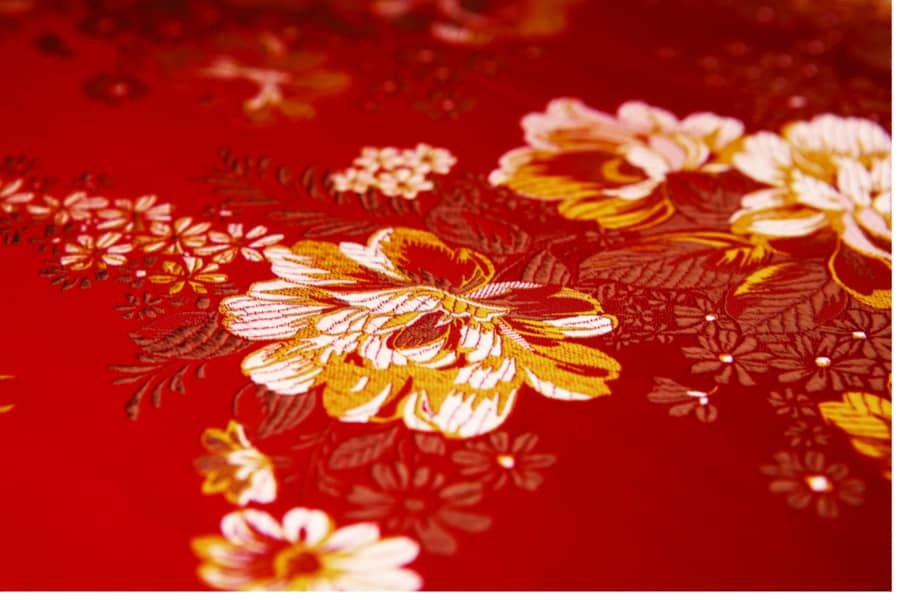
Picking The Right Fabric For Embroidery In San Antonio
Screenprinting or embroidery in Austin? After a decision has been made that it’s best to do embroidery on your company’s promotional products, your family’s events t-shirts and polo shirts, that special gift to someone you care or just a simple sentimental keepsake for a loved one, the next question will be, what kind of material or fabric should be used for the perfect embroidery projects?
Commercial companies use embroidery machines for San Marcos embroidery to cope with demand as the volume of quantity cannot be achieved using hand embroidery. The essence and results are like hand embroidery, in fact, machine created embroideries are faster and more efficient and perfect looking. Computerized machine embroidery is controlled by computers, the digital design being sent to the embroidery machine using a software.
Whether you choose hand or machine embroidery, there are several factors to consider how to pick the right fabric for your embroidery items:
1) Consider the weight of the design. The fabric must have the capacity to handle the overall weight of the design. For example, if the design is a vase with flowers, it would require a stronger fabric as compared to a design of just a few letters.
2) Consider the weight of the thread used like cotton, ribbon, yarn or silk. The fabric must be able to support the kind of thread you are using that it won’t show holes/gaps in the front. The weave of the fabric should have the capacity to withstand the width of the thread that go through it.
3) Consider the stitching you will be using. The kind of stitch will affect the sort of the fabric. The more expand stitching requires heavier fabric backing.
The following natural fabrics are considered best to use on commercial embroidery. They are considered because these are fabrics with tight weave:
1) Cotton – is a natural fiber made from cotton plant. Other names cotton is popularly called are gingham, percale, chambray and broadcloth.
2) Linen – is 30% stronger than cotton but lighter. Linen is derived from the flax plant and is considered the strongest of the natural fibers and can hold for a long time.
3) Silk – is a flimsy fabric and looks very delicate but it has a strong base. It looks luxurious and shiny and always attractive with embroidery design on it.
4) Wool – there are several kinds of wool: pure, felted or synthetic blends. This natural fiber is best suited for embroidery. It is very strong, it does not fray and would show depth of the design.
5) Canvass – made of cotton and best used for heavy embroidery like tote bags
The Final Product:
After all factors are considered, you are ready to see the outcome of the digital design on your product. The beautiful embroidery design on your company’s t-shirts or polo shirts is colorful and eye catching. But behind the beautiful looks, a technique is used to make the embroidery hold, to prevent wrinkles and other problems, the fabrics must be stabilized. It could be stabilized or interfaced where additional materials are added beneath or on top or both on the design.
After all factors are considered, you are ready to see the outcome of the digital design on your product. The beautiful embroidery design on your company’s t-shirts or polo shirts is colorful and eye catching. But behind the beautiful looks, a technique is used to make the embroidery hold, to prevent wrinkles and other problems, the fabrics must be stabilized. It could be stabilized or interfaced where additional materials are added beneath or on top or both on the design.
